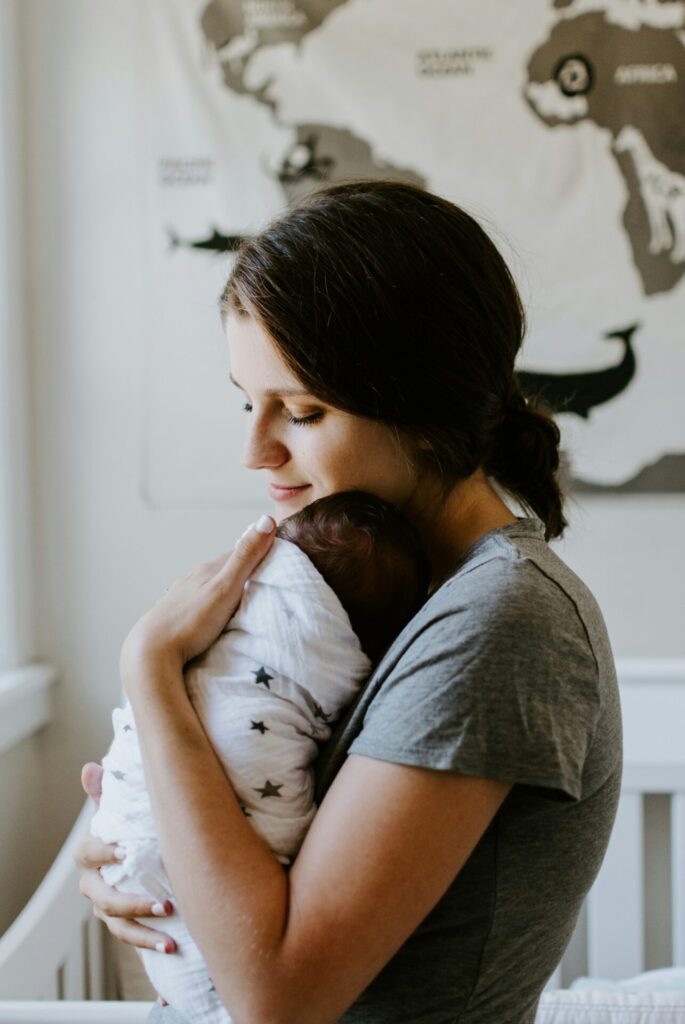Many women see their fibroids shrink after childbirth. Typically, this is the result of uterine involution (the organ contracting to return to its pre-pregnancy size) as well as hormonal changes. However, that is not the case for all women: some, such as ABC News anchor Linsey Davis, see their fibroids grow in size and number after having a child. In this post, we highlight her story and explain what happens to fibroids after giving birth.

ABC News Anchor Linsey Davis recently opened up about her journey with fibroids after delivering her son Ayden in 2014. Now, Davis was diagnosed with these non-cancerous uterine tumors when she was just 13 years old, but her pregnancy with fibroids was uncomplicated. “I had my son and didn’t have any concerns,” she recalls.
With time, however, things began to change. Six weeks after she gave birth, she began to experience terrible bloating, and two week menstrual cycles with very heavy bleeding. Looking for relief, she underwent a myomectomy, a surgical procedure that removed six fibroids while preserving her uterus. For a time, that seemed to have solved her problems. But then, almost two years ago, she noticed a protrusion from her abdomen, and returned to her doctor.
After receiving an ultrasound, Davis learned that she now had 13 fibroids. This time, she decided to take more drastic measures, and has schedule a hysterectomy (the surgical removal of her uterus) that will take place this week. Discussing her decision with People, she says, “I’m excited to be able to live my life without having to schedule and plan and worry and be anxious that I’m gonna have this heavy bleeding and excessive bloating and this uncomfortable menstrual cycle every month. I feel confident that my life will be better."
Our Georgia Fibroids team wishes Davis a successful procedure and an optimal recovery following her surgery. But we also want women to know that, while a hysterectomy will prevent fibroids from ever returning, it is an invasive surgery that comes with the risk for many complications and unwanted side effects. Plus, choosing this fibroid treatment option means you will not be able to have any more children.
For that reason, many women prefer to seek uterine fibroid embolization (UFE) treatment. This is a minimally-invasive interventional radiology procedure. It shrinks your tumors by blocking their blood flow. While fibroids may return later on, this treatment option allows you to avoid surgery and overnight hospital stays. Many women also have a pregnancy after UFE, although you should talk to your OB if this is your goal following treatment.
If your fibroids have grown after giving birth, or if persistent symptoms are disrupting your daily life, help is available. And surgery is not your only option. Contact our office to request a consultation and see if you’re a good candidate for UFE.

Atlanta
3225 Cumberland Blvd. Southeast, Suite 520
Atlanta, GA 30339
Stockbridge
1035 Southcrest Dr., Suite 220 + 250
Stockbridge, GA 30281
Tucker
1975 Lakeside Pkwy., Suite 300
Tucker, GA 30084
Scheduling
Please contact our dedicated specialists to schedule a consultation today.
2025 Georgia Fibroids. All rights reserved. Website Design by Healthcare Success